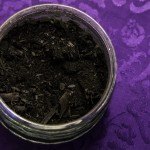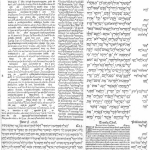This past week, I’ve been doing another guest stint at the Center for Applied Rationality as a teacher and the Prediction Markets Mistress. When I design and run prediction markers, I try to be pretty careful to avoid perverse incentives (that’s why the marker on whether a randomly chosen participant had ever broken a bone specified that I would only count bones broken before the beginning of the workshop).
But it turns out one Game of Thrones-related market I created sparked a series of stratagems well worthy of Westeros. (Or, well, a version of Westeros where violence wasn’t on the table). In honor of the Season Four finale tomorrow, I’ve written up the whole story at the CFAR blog.
At each of our workshops, we run prediction market games throughout the weekend, which are a chance for participants to check their credence and practice updating their beliefs based on new evidence. When one of the participants suggested a Game of Thrones-themed market at our June workshop in Berkeley, I was happy to acquiesce.
Betting on how likely our group was to be able to name five houses from Game of Thrones seemed like it would underscore the lessons of two of our classes. There was, naturally, our session on Bayes, which could help guide the bettors’ beliefs, as they checked in with each other about whether they watched the show or read the books. But, at this workshop, we were also debuting a class on mnemonics, so I thought that this bet might give people a fun use-case for the skills they’d just acquired.
And, indeed, one of the participants put up a list of Game of Thrones houses, and started trying to build a coalition to design and teach mnemonics to the rest of the group.
But the people who had shorted the market also had access to markers and paper, and, soon, just as in Westeros, there was a proliferation of pretenders.














